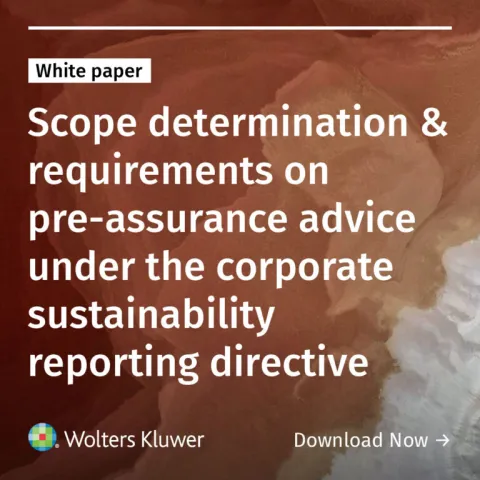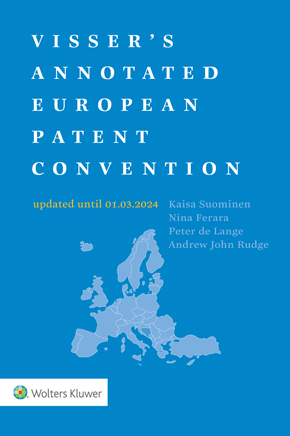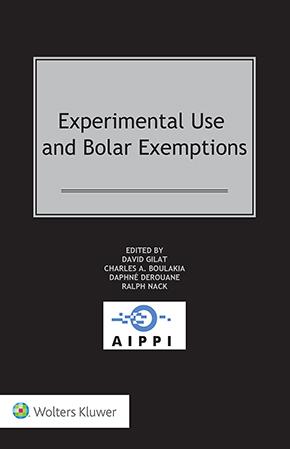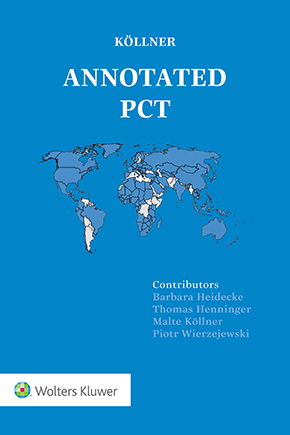More Flexible Investment Guidelines for the European Patent Office
January 31, 2018
Recently, “New Investment Guidelines of the European Patent Office” (CA/F 18/17 Rev. 1) was published among the “Administrative Council documents” on the EPO web site.
The Investment Guidelines relate to management of the treasury of the EPO and outline a more flexible approach for investing the funds in the treasury. In particular, rather than being limited to fixed income bonds and income bearing securities, as in the replaced Guidelines (CA/F 11/15), the EPO will be allowed to invest according to a more flexible strategy. In principle, this sounds sensible. However, the Investment Guidelines include the following disconcerting text:
2. The EPO shall determine ex-ante the investment strategy of the funds by means of a Strategic Asset Allocation (SAA), and by setting benchmarks. In that framework, the asset classes listed here below shall be available, both for long and short positions, within the maximal ceiling specified for each of them as follows:
a) Equities – Up to 40% of the total portfolio
b) Fixed Income – Up to 60% of the total portfolio
c) Cash – Up to 10 % of the total portfolio
d) Commodities – Up to 5% of the total portfolio
e) Real Estate – Up to 15% of the total portfolio
f) Alternatives / Multi-Asset Investments – Up to 15% of the total portfolio
To execute the investments in the above asset classes the EPO is allowed to use all appropriate financial instruments such as:
- The usual financial instruments: listed or non-listed shares (Private Equity), bonds, loans including high yield loans;
- Currencies;
- Derivative instruments like options, forward, futures, swaps, debts, convertible bonds;
- Structured and custom finance products including securitized and collateralized debt instruments (i.e. Asset Backed Securities ABS, Mortgage Backed Securities MBS, Credit Default Swaps CDS) and other hybrid instruments combining elements of other asset classes or underlyings such as inflation;
- Collective Investments as UCITS Funds or Alternative Investment Funds AIF (hedge funds).
(CA/F 18/17 Rev. 1, p. 13, emphasis added)
The text above is disconcerting because it could allow the EPO to go too far. While some limited equity investment seems advisable in view of painfully low interest rates that are likely to be part of our reality for the foreseeable future, the range of exotic “financial instruments” made available by this provision appears to be unnecessarily extensive. Less than two years ago, Warren Buffet warned that derivatives can “get so complicated that they’re very hard to evaluate” and described them as “weapons of mass destruction” (see http://www.telegraph.co.uk/business/2016/05/01/warren-buffett-issues-a-fresh-warning-about-derivatives-timebomb/). In turn, collateralized debt instruments (often referred to as collateralized debt obligations) arguably helped lead to the 2007-2008 financial crisis (see e.g., http://www.nytimes.com/2007/07/02/opinion/02krugman.html, https://www.amazon.com/Big-Short-Inside-Doomsday-Machine/dp/0393338827). It is not clear that the regulations imposed after the financial crisis fixed all the problems with complex financial instruments, such as structured debt, particularly with regard to the accountability of the rating agencies in assessing the associated risk (see e.g., http://knowledge.wharton.upenn.edu/article/cdos-are-back-will-they-lead-to-another-financial-crisis/).
In the end, it is questionable whether so much investment freedom, along with the inevitably associated risk, is the appropriate response to low interest rates. It would seem that a gradual introduction of equity investment, possibly limited to selected index funds (e.g., Exchange-Traded Funds) and definitely tempered by reasonable restrictions, would be a safer approach. Further flexibility could be introduced later, if necessary.
You may also like















Marina
The real question is "who will be awarded the contract to play with all that money?". The EPO has about 2 billions euros to invest. If I would go to my bank and tell them: "here are 2 billions euros from my employer, please invest them as you see fit", I think they would be very, very friendly with me.
Patently Transparent
There were some interesting comments about this matter in a publication issued by SUEPO in December 2017. "To their credit, the German delegate (and Head of the German Patent Office) in the Budget & Finance Committee objected: “We have submitted the proposals to the Federal Court of Auditors. Their assessment is that the risk is too high. Capital preservation should be in the foreground. First, one should move closer to the RFPSS guidelines. Provision should be made for cumulative risk of default. Sanction mechanisms should be provided. Under g) in the RFPSS guidelines, there is a list of approved and unauthorized instruments of investment. We cannot agree today. If contracts with the fund managers existed, we may be able to decide otherwise, but not yet today.” (Translated from German, not verbatim) Several Delegations (IE, IT, DK, UK, NO, CZ, HU, SI) and the staff representatives, too, voiced substantial concerns and called for prudence and strict governance. In the end, out of 32 delegations, 6 voted against, 2 courageously abstained – the rest (24) voted in favour (Italy requested a secret the vote with the apparent aim to prevent possible retaliation from Battistelli; So we do not know who voted what). So much for transparency, prudence and financial accountability. We wish Mr Ernst, the German Chair of the Administrative Council, good luck in explaining this fiasco to his own government and to the German Federal Court of Auditors." Those who are interested in following up the story could consider trying to obtain a copy of the opinion of the German Federal Court of Auditors, e.g. by making a freedom of information request.
Albertine
Indeed, the question can also be summarized with "Cui bono?". This is an eternally revolving question and will not be answered properly until the concept of "glasnost" is introduced in the operating rules of the EPO. Without transparency, operations involving billions in a context of a questionable governance will always give rise to suspicions.
Concerned observer
A look at the EPO's own figures provides some interesting insights: http://www.epo.org/modules/epoweb/acdocument/epoweb2/289/en/CA-50-17_Add._1_B_en.pdf For example, the operating profit for 2016 was EUR473m, and predicted annual profits for 2017 to 2022 are approximately EUR275m. Set against that, the expected income from the proposed increase to the appeal fee is EUR0.8m. So why increase the appeal fee when not doing so would barely make a dent in operating profits (<0.2% of the profits for 2016 and <0.3% of those predicted for 2017 to 2022)? Why should applicants pay more to gain access to justice when those fees just simply add to a massive pile of profits for which there is no obvious use?
Dicke Brocken
What is even more interest is Article 42 EPC which states that "The budget of the Organisation shall be balanced." http://www.epo.org/law-practice/legal-texts/html/epc/2016/e/ar42.html